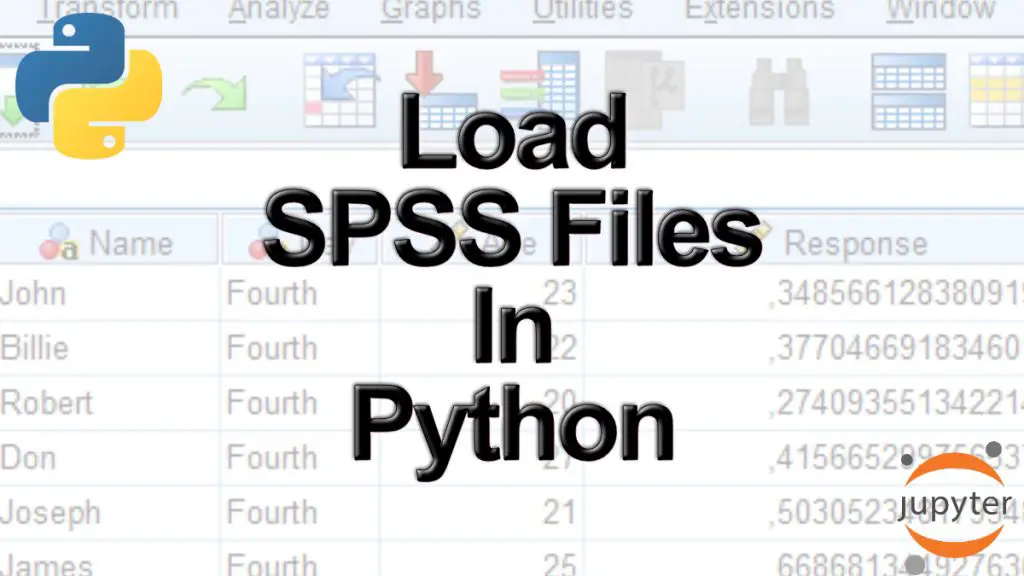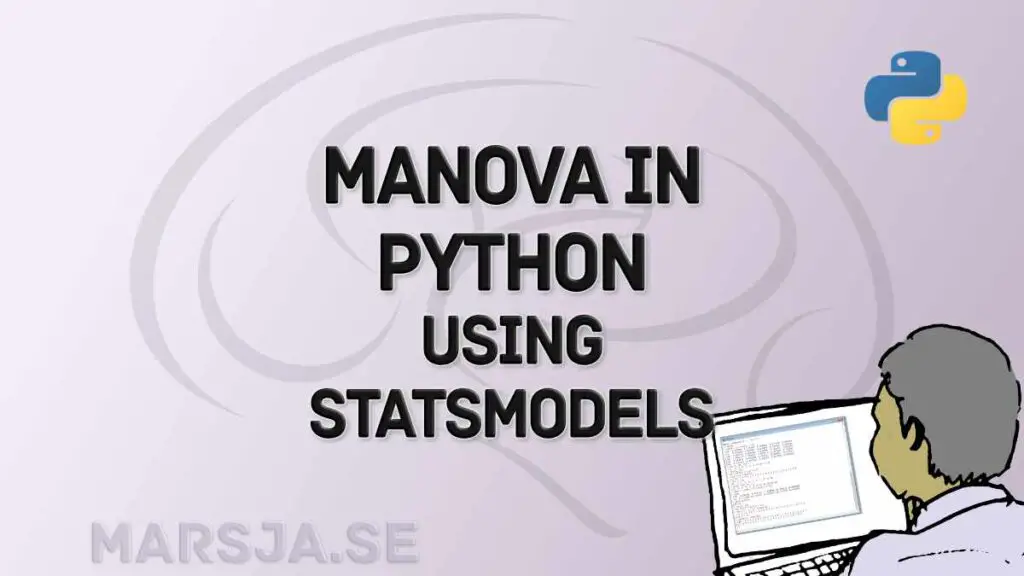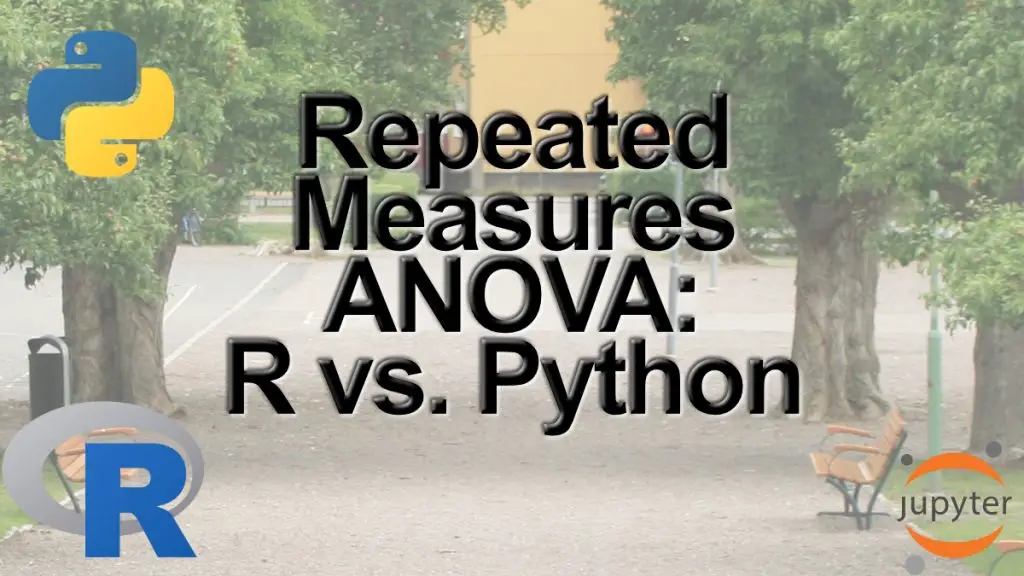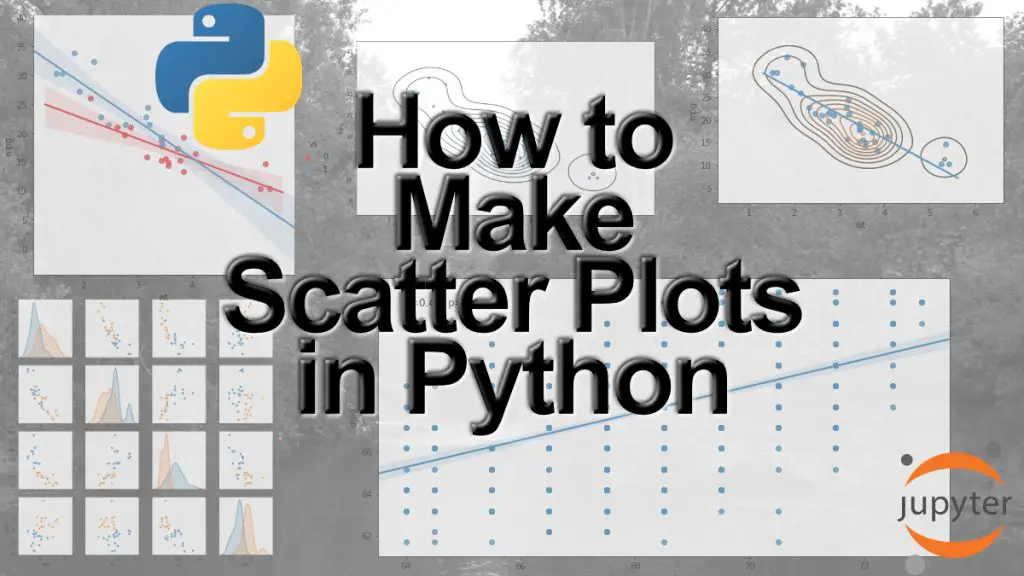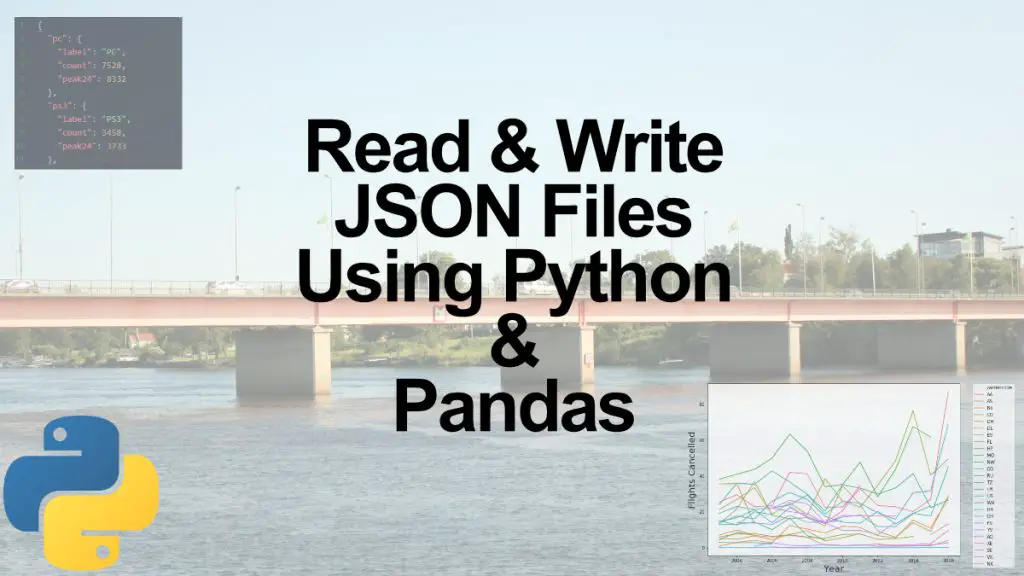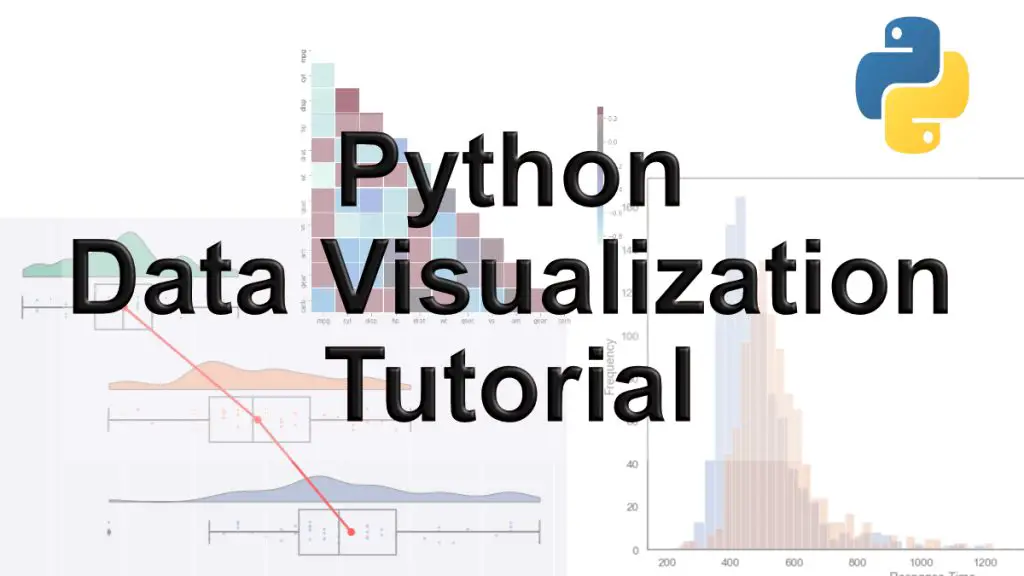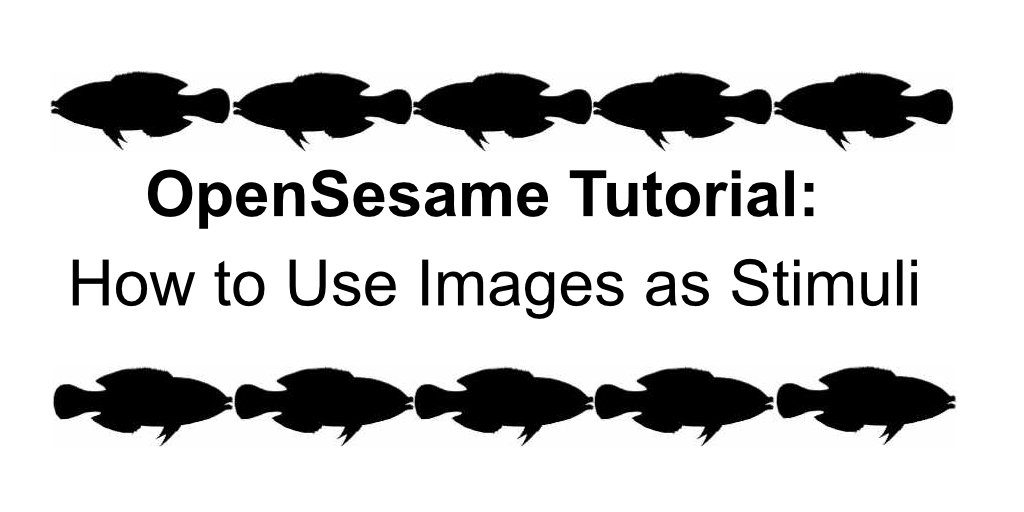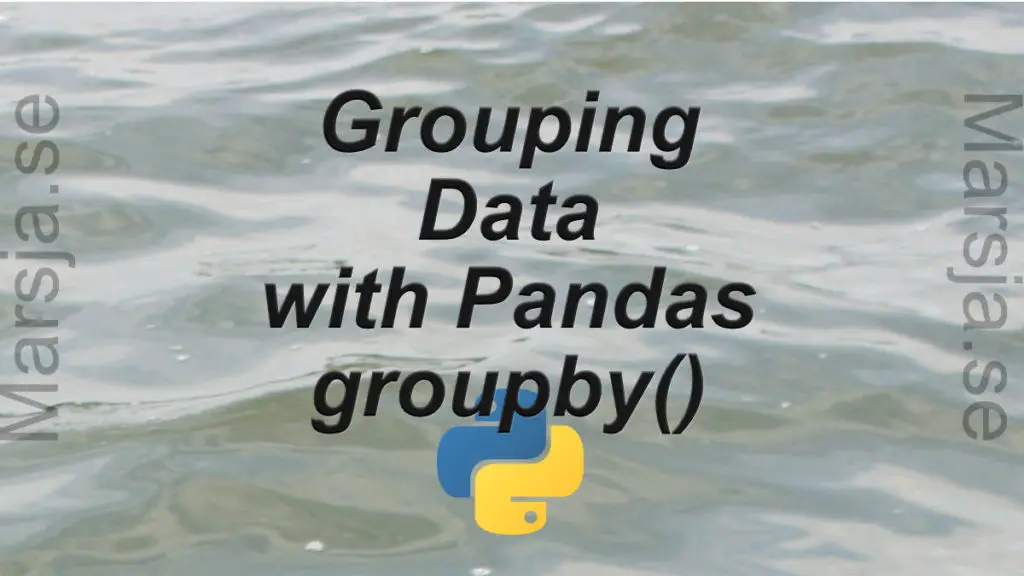How to Read & Write SPSS Files in Python using Pandas
In this post we are going to learn two very easy ways to load SPSS data files (.sav) into Pandas dataframes.
When we know how to read SPSS files using Python we will learn how to write .sav files in Python as well.
How to Read & Write SPSS Files in Python using Pandas Read More »
